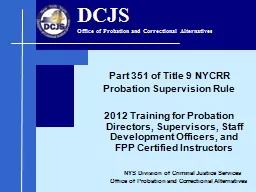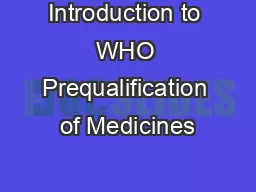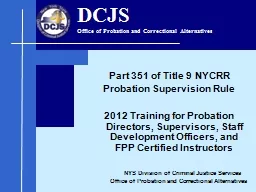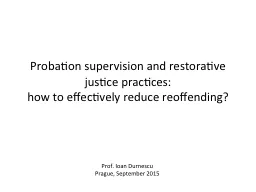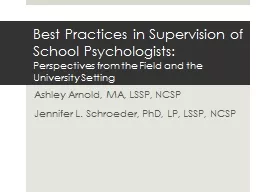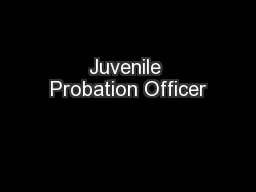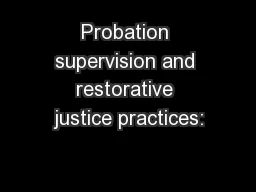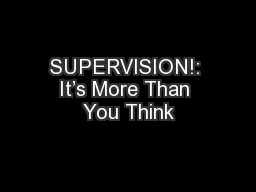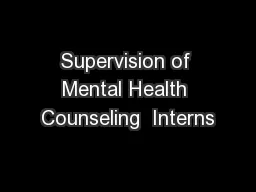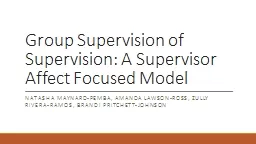PPT-Part 351 of Title 9 NYCRR Probation Supervision Rule 2012 Training for Probation Directors,
Author : liane-varnes | Published Date : 2019-11-03
Part 351 of Title 9 NYCRR Probation Supervision Rule 2012 Training for Probation Directors Supervisors Staff Development Officers and FPP Certified Instructors NYS
Presentation Embed Code
Download Presentation
Download Presentation The PPT/PDF document "Part 351 of Title 9 NYCRR Probation Supe..." is the property of its rightful owner. Permission is granted to download and print the materials on this website for personal, non-commercial use only, and to display it on your personal computer provided you do not modify the materials and that you retain all copyright notices contained in the materials. By downloading content from our website, you accept the terms of this agreement.
Part 351 of Title 9 NYCRR Probation Supervision Rule 2012 Training for Probation Directors,: Transcript
Download Rules Of Document
"Part 351 of Title 9 NYCRR Probation Supervision Rule 2012 Training for Probation Directors,"The content belongs to its owner. You may download and print it for personal use, without modification, and keep all copyright notices. By downloading, you agree to these terms.
Related Documents

